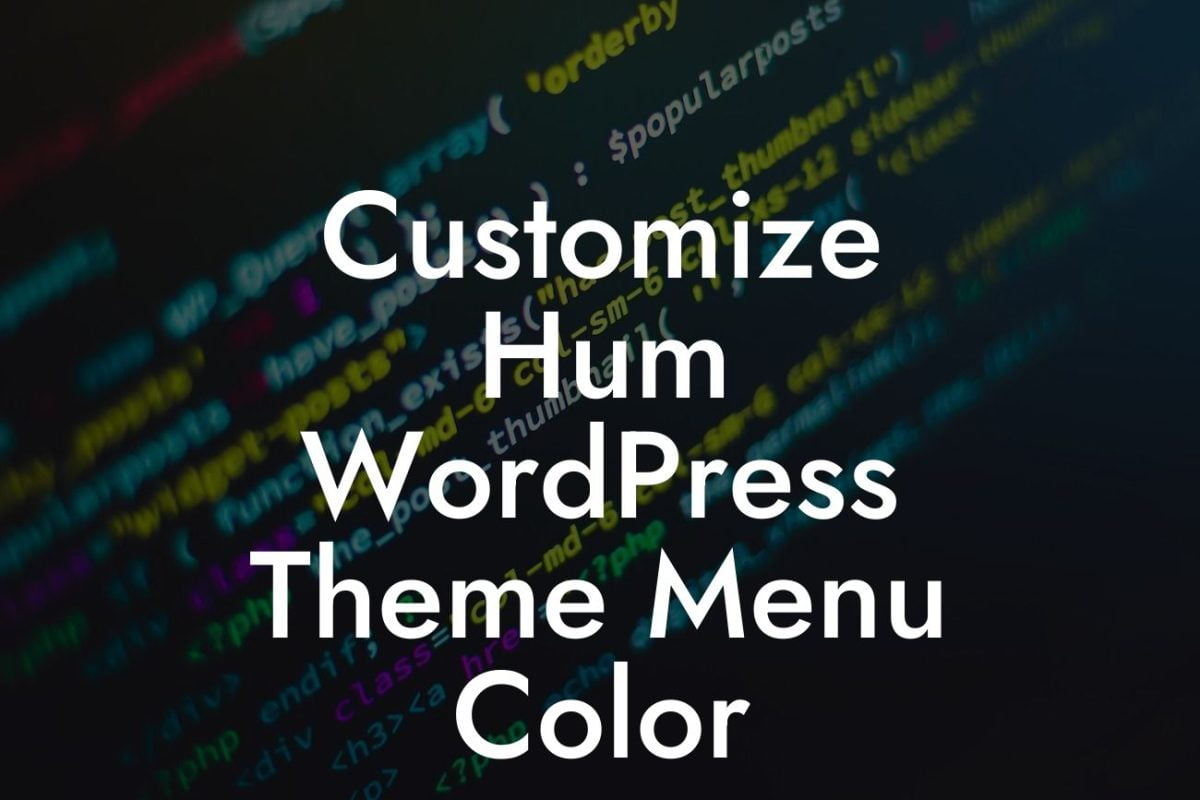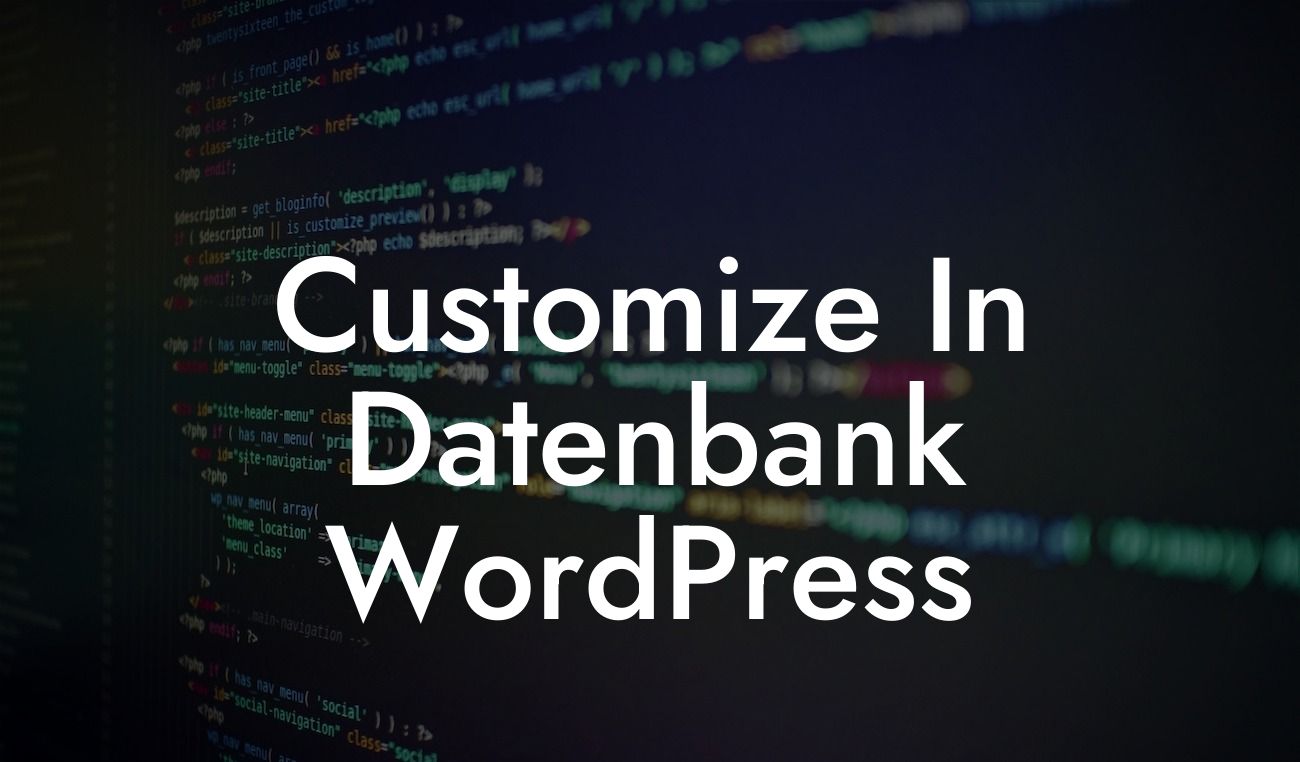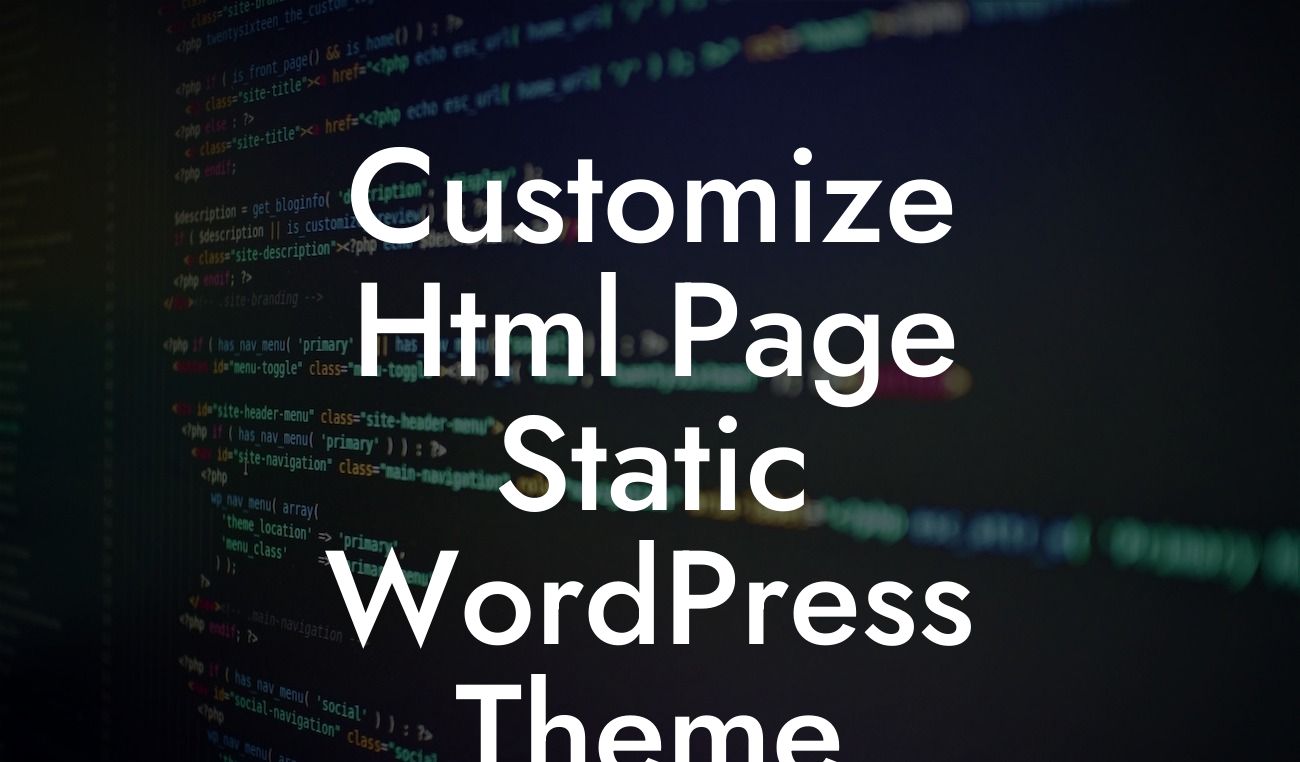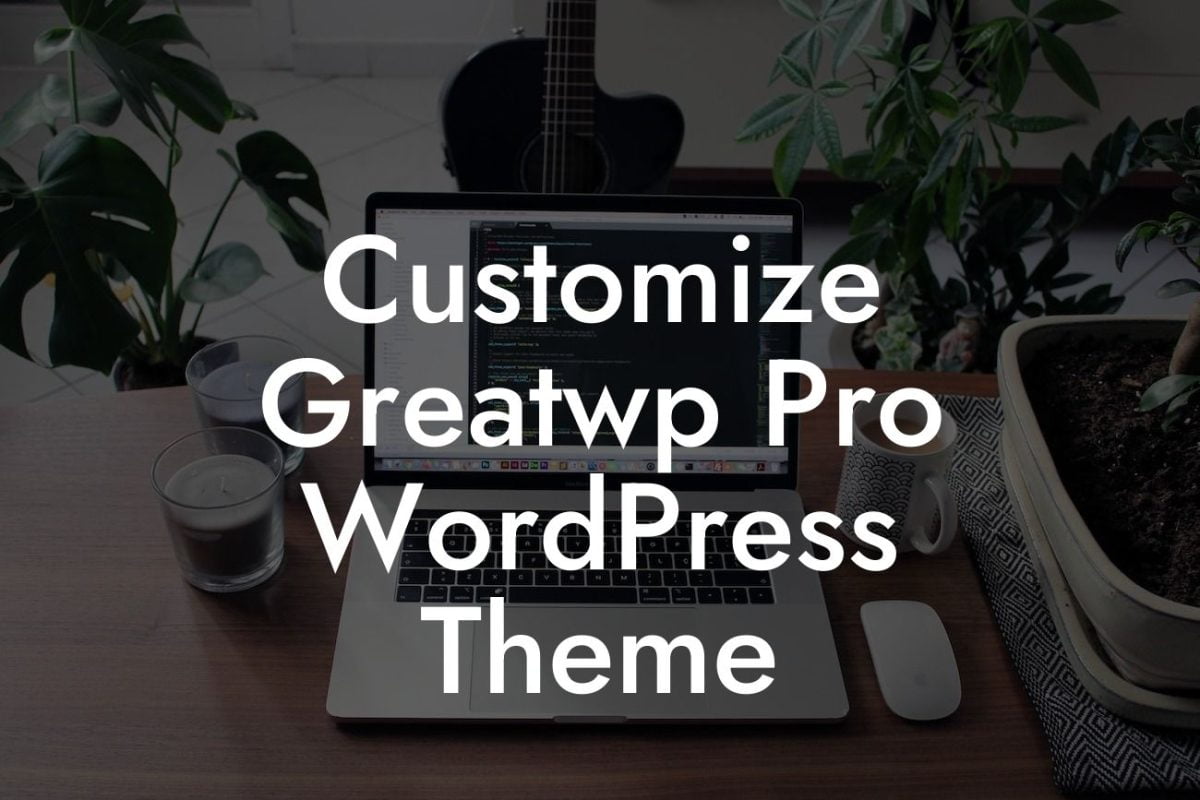Creating a staging site for your WordPress website is a vital step in ensuring a seamless and error-free update process. It provides a safe environment to test changes and new features before making them live. In this article, we will guide you through the process of creating a staging site for your WordPress site, helping you take your website development to the next level. No more risking disruption to your live site – let's dive in!
To create a staging site for WordPress, you need to follow a few simple steps:
1. Duplicate Your Live Site: Begin by duplicating your live site's files and database. This can be done using various tools or plugins such as Duplicator or WP Staging. Once the duplication is complete, you will have two separate versions of your website – a live site and a staging site.
2. Configure Your Staging Site: Now that you have your staging site ready, it's time to configure it. You might want to consider installing a maintenance mode plugin to inform users that your site is undergoing updates. Additionally, enable a robots.txt file to discourage search engines from indexing your staging site.
3. Test and Implement Changes: Your staging site is now the perfect environment for testing changes. Update themes, plugins, or any other features you want to implement on your live site. Make sure to thoroughly test everything before proceeding to the next step.
Looking For a Custom QuickBook Integration?
4. Migrate Changes to Live Site: Once you are satisfied with the updates on your staging site, it's time to migrate those changes to your live site. This can be done manually or utilizing specific plugins designed for this purpose. It's crucial to carefully follow the migration process to avoid any unforeseen issues.
How To Create A Staging Site For Wordpress Example:
Let's say you run an e-commerce website and want to introduce a new payment gateway. By creating a staging site, you can install the necessary plugins, configure settings, and thoroughly test the new payment gateway integration. Once you are confident in its functionality, you can seamlessly migrate the changes to your live site, minimizing downtime and ensuring a smooth customer experience.
Congratulations! You now know how to create a staging site for WordPress, taking your website development process to new heights. Remember, a staging site is a powerful tool to test updates, plugins, or themes without risking any disruption to your live site. Explore DamnWoo's exceptional plugins and discover how they can supercharge your online presence. Share this article with fellow entrepreneurs and small business owners, and don't forget to check out our other valuable guides on DamnWoo.













